Few months I started to migrate all my sites to OpenLiteSpeed. Also migrated a few clients to OpenLiteSpeed and LiteSpeed enterprise. Performance is one of the main reason.
But not just performance, there are many more factors on why I prefer OpenLiteSpeed over Nginx.
Here are they:
High Performance by default
I did some detailed testing on OpenLiteSpeed vs Nginx before. You can see the results here:
OpenLiteSpeed wins in terms in TTFB (time to first byte) and the number of concurrent users it can handle. Very handy if you’re running multiple sites in a single server.
An expert can configure Nginx to max out the performance with FastCGI. There are also some well-optimized versions of Nginx with LEMP stack like CentminMod.
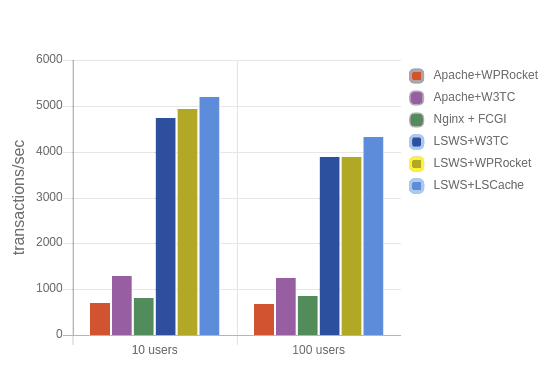
OpenLiteSpeed/LiteSpeed can also be configured similarly. However, I found that OpenLiteSpeed performs well, especially with their inbuilt LS cache when compared to Nginx by default.
Lower Server Costs
Both LiteSpeed and OpenLiteSpeed have an event-driven architecture which uses far less memory (RAM) and CPU when compared to Nginx and Apache.
I recently had a client running on Nginx VPS paying $80/month, which I migrated to OpenLiteSpeed VPS were $60/month was enough. It saved him $20/month.
Here is the usage of Nginx and OpenLiteSpeed server running a WooCommerce WordPress site:
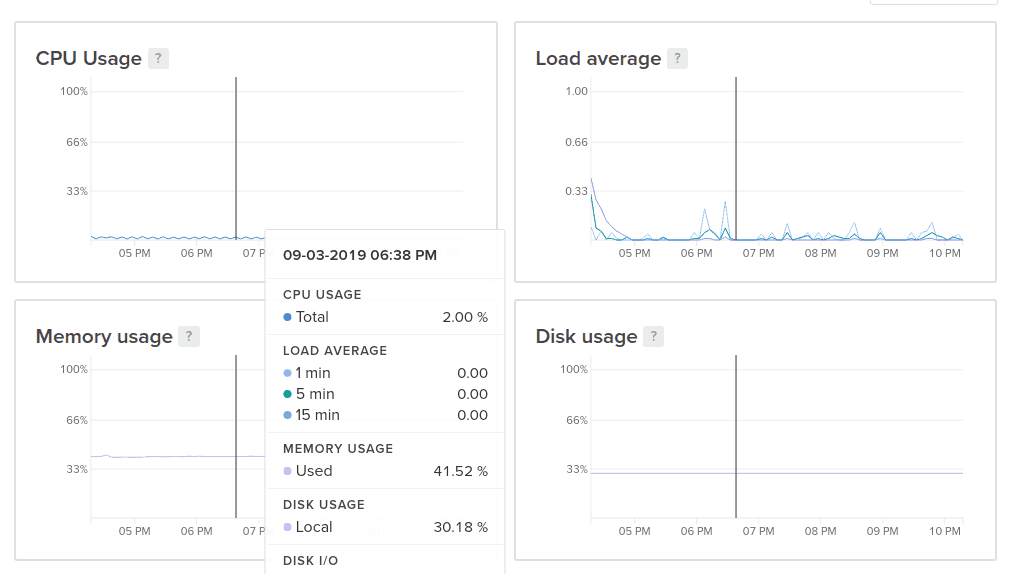
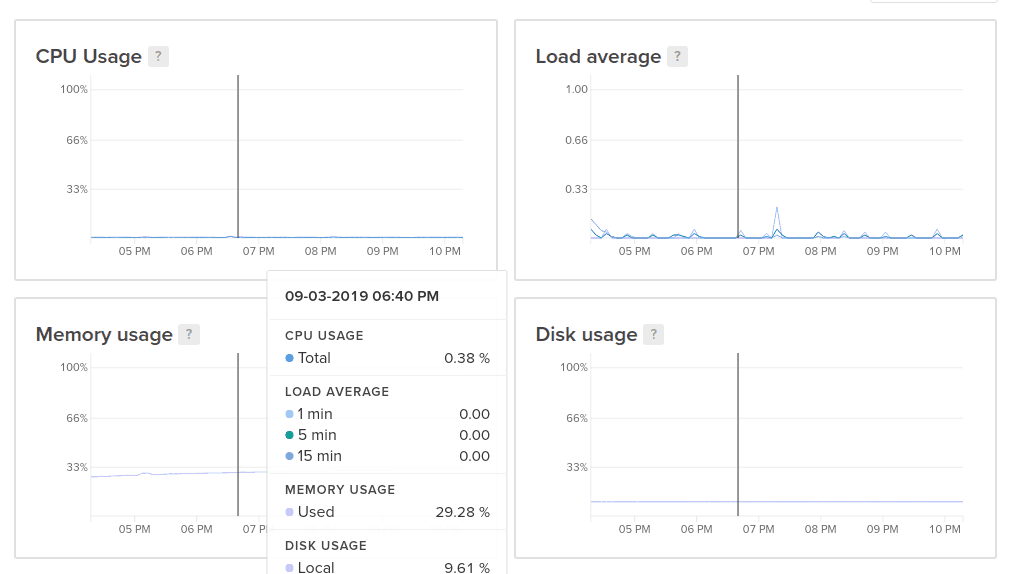
To summarize, here is the average resource usage of both:
| Nginx | OpenLiteSpeed | |
| CPU Usage | 2.0% | 0.3% |
| Memory Usage | 41% | 29% |
Free Powerful Cache Plugin
What if I say you don’t need to buy any paid cache plugins if you’re in LiteSpeed/OpenLitespeed?!
LiteSpeed Technologies have developed their own cache plugin that works well with LiteSpeed and OpenLiteSpeed server. Feature-wise, it competes with paid cache plugins like WP Rocket and Swift Performance.
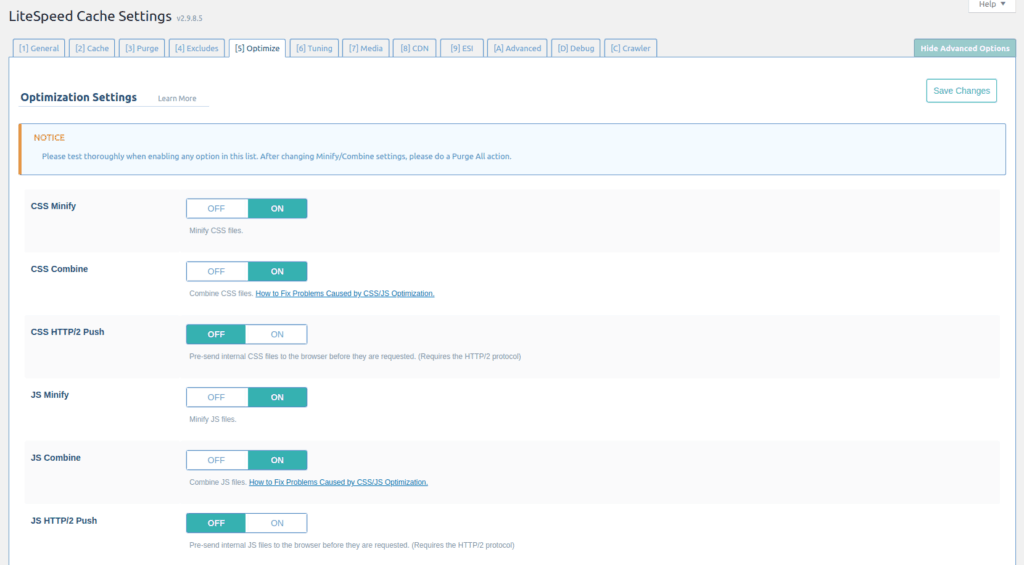

OpenLiteSpeed cache module is built right into the web server and uses a tag-based caching (which is smarter in purging than Nginx FastCGI).
Unlike other cache plugins, LiteSpeed cache is actively maintained. There is no other web server company that has this much tight integration with WordPress!
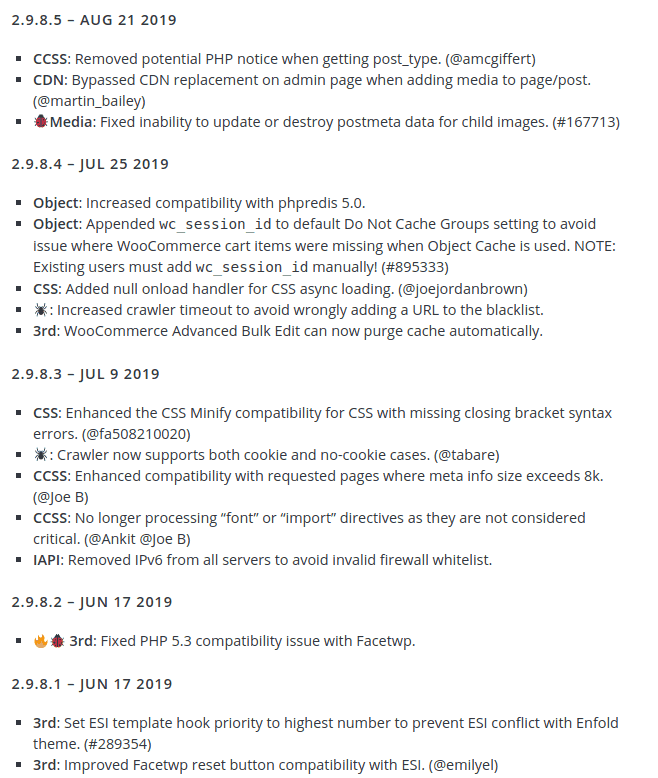
Understand Apache Rewrite Rules
LiteSpeed is built as a drop-in replacement to Apache server. Both LiteSpeed and OpenLiteSpeed can understand .htaccess file in your directory and work accordingly.
One of the biggest nightmares with Nginx in the configuration file. No single Nginx config fits for everyone. Cache plugins, plugins like WebP Express requires to modify Nginx config to make it work.
For me, this is a big win since I don’t have to manually ssh into the server and edit Nginx config (which is a very risky job for me!).
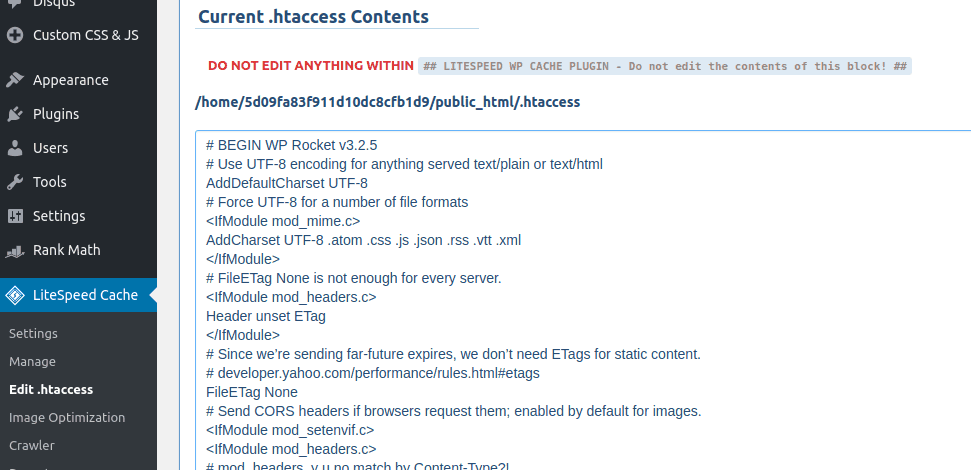
Security
There is no doubt that Nginx can be configured to get the best security. But both LiteSpeed and OpenLiteSpeed have some security features that are built-in and doesn’t require much configuration. DDOS prevention with reCaptcha is one of my favourites.
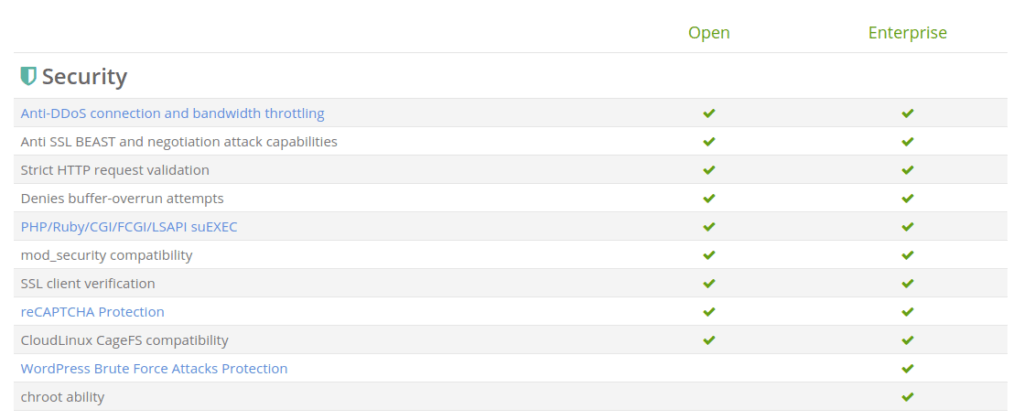
But why premium hosting companies like Kinsta, WP Engine uses Nginx?
LiteSpeed Technologies released the initial version of LiteSpeed (enterprise version) in 2003, almost the same year when Nginx was released. But why LiteSpeed didn’t get traction?
LiteSpeed started to gain traction after the release of OpenLiteSpeed (the open-source version of LiteSpeed) which is released in 2015. WordPress community started to look into it after the release of LiteSpeed cache plugin in 2016.
Kinsta and WP Engine were established in 2013 and 2010 respectively. They’ve their own caching layers, plugins, logging, tools, SSL certificates that are entirely built based on Nginx. It will be too much work for them to migrate to OpenLiteSpeed.
PS: I’m currently hosted in Closte 😉
Conclusion
Good hosting is still one of the biggest struggles for OpenLiteSpeed. Closte is good, but their pricing and support aren’t great.
New managed WordPress hosting providers that use OpenLiteSpeed are on the way. CyberPanel is also a good control panel if you’re ok with managing server yourself.
Comment below if you’ve any queries or feedback. I read and reply to each of them within 8 hours!






Comments are closed.